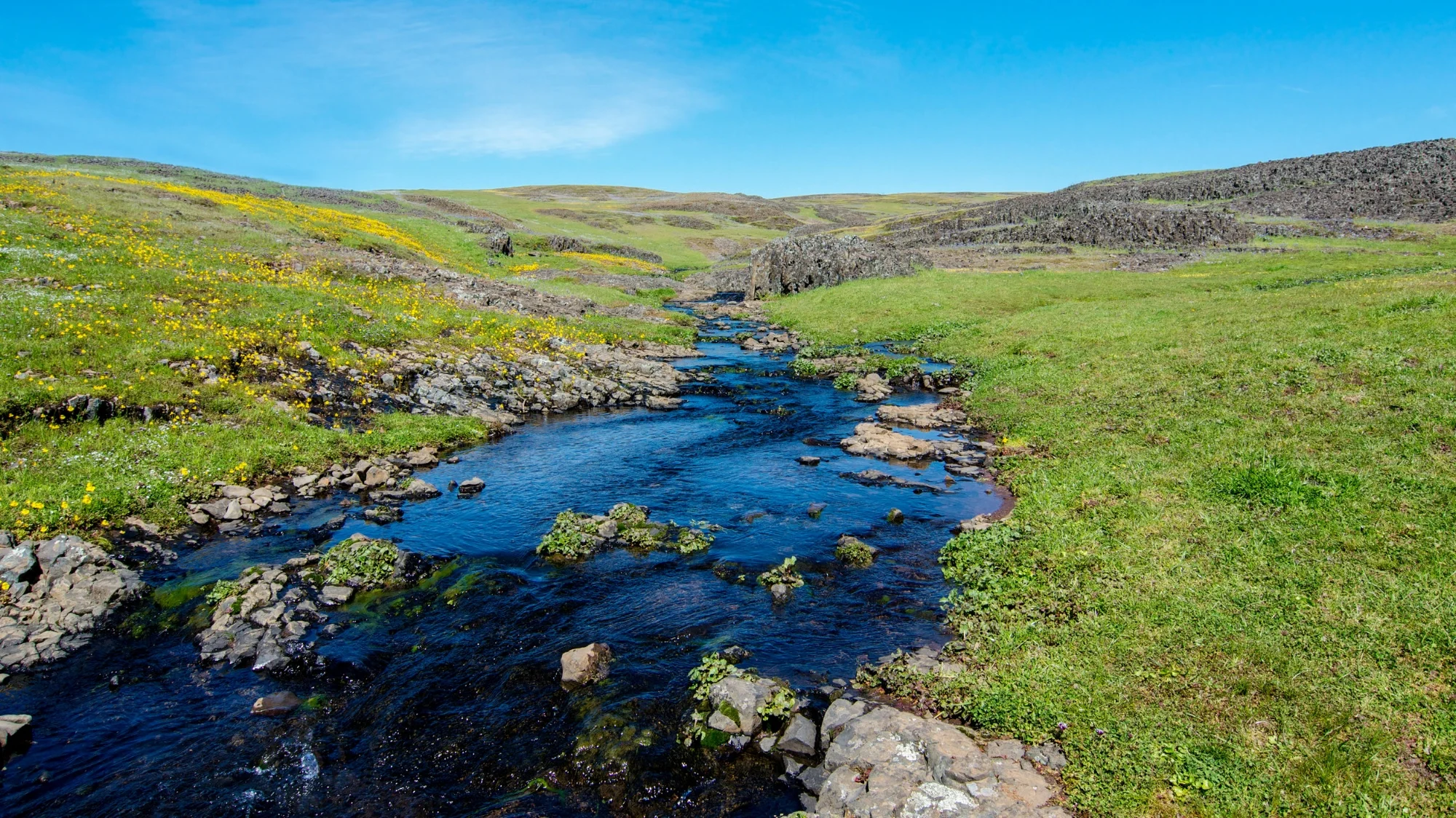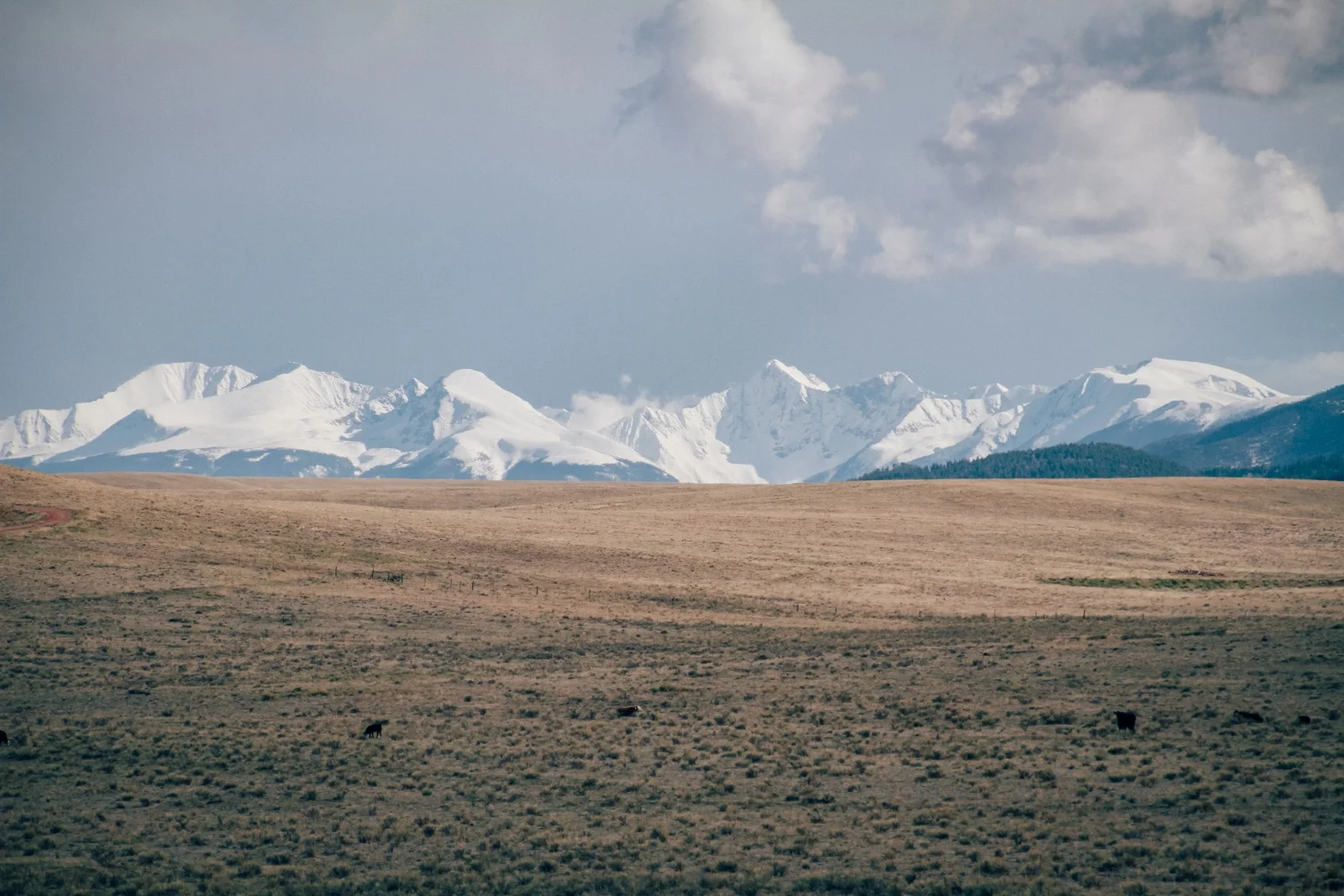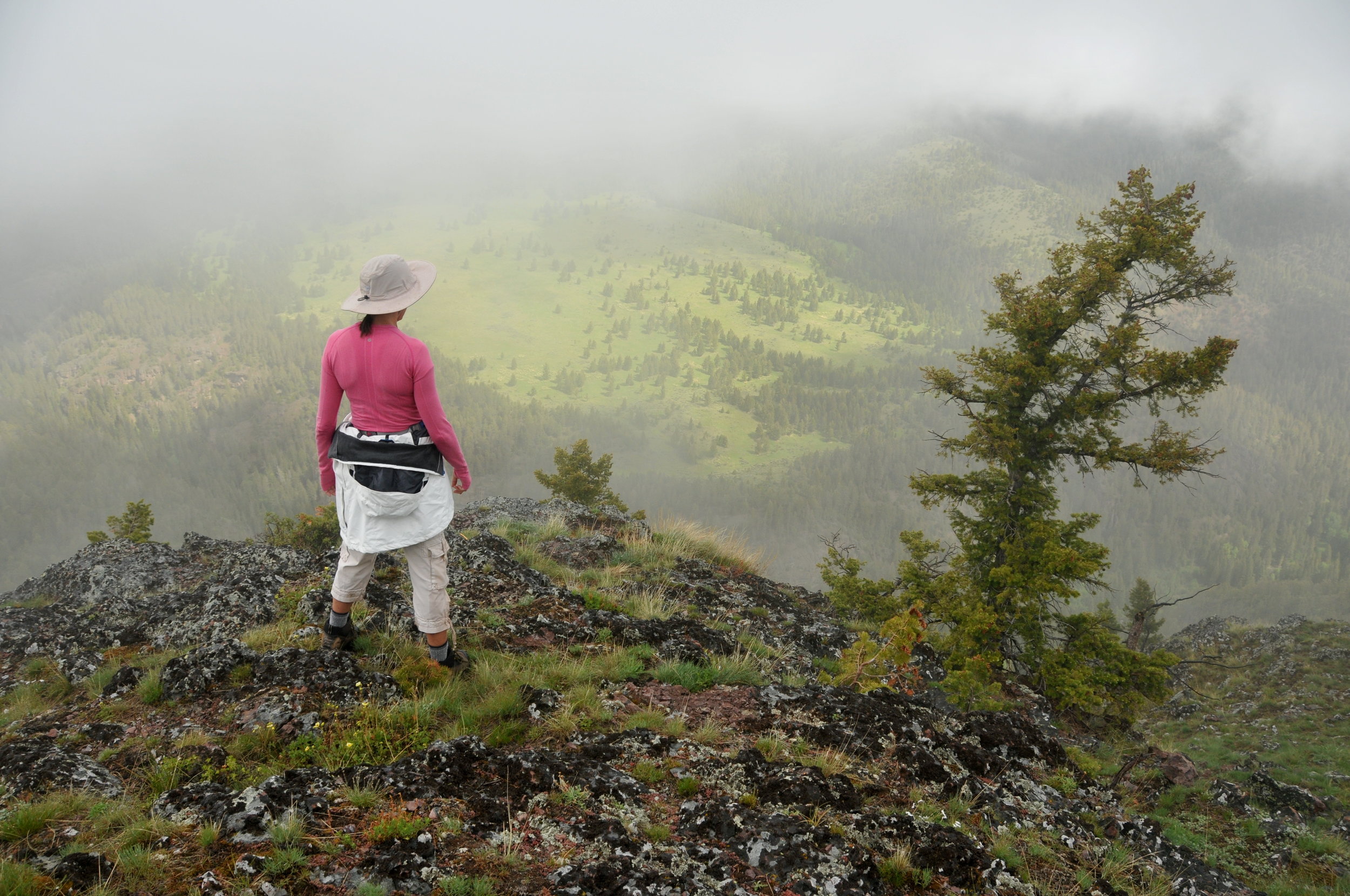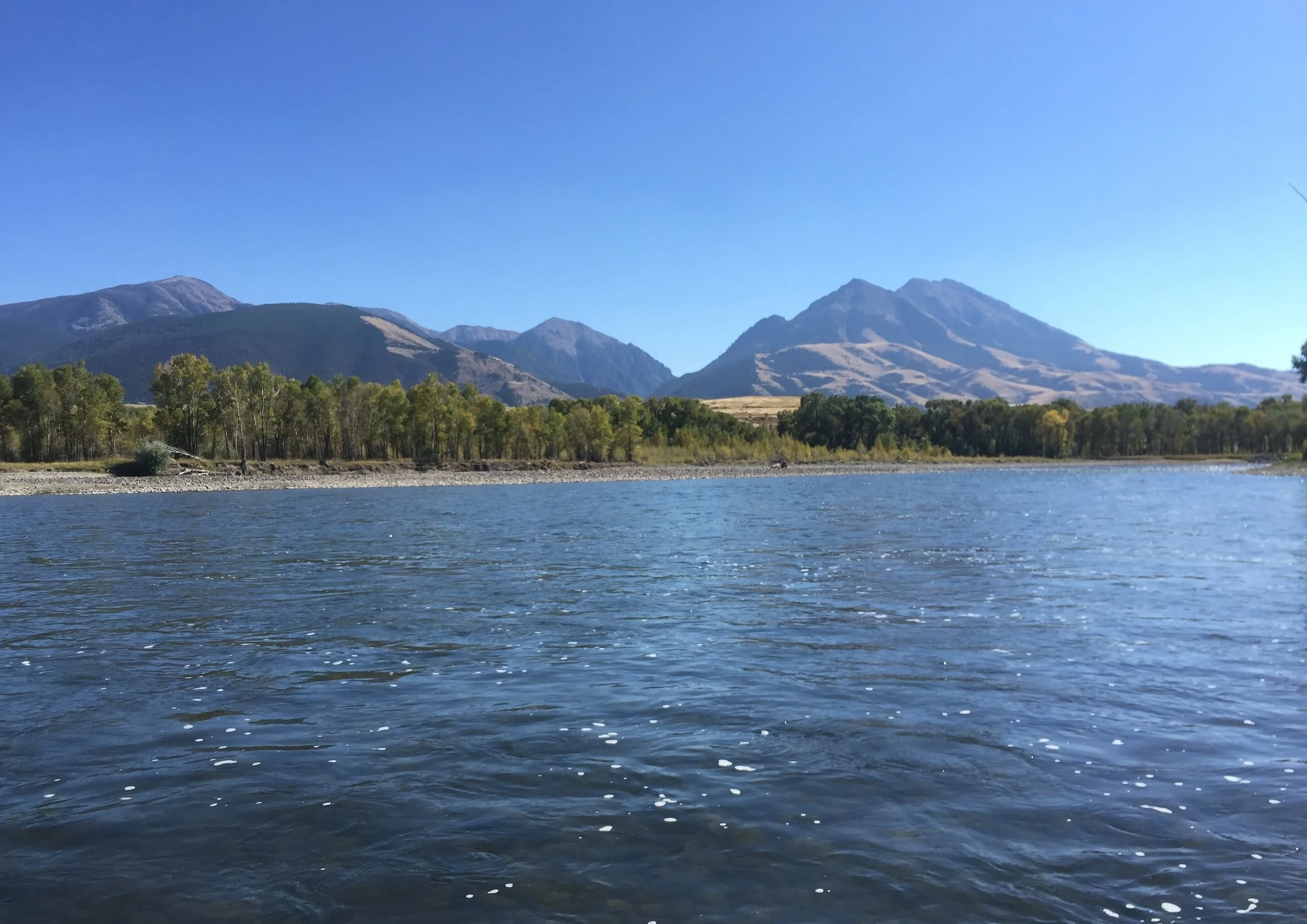As part of the services we offer to clients, we serve as a buyer’s agent in real estate transactions. With particular projects, our contributions extend well beyond closing. We have connected landowner who engaged us post-closing with a number of local organizations and will manage various projects on their property with partners like Swan Valley Connections and Lake County Conservation District.
RCPP FUNDING AVAILABLE FOR LANDOWNER CONSERVATION EFFORTS
BATS IN MONTANA
MT & WY PROGRAM DEADLINES FOR NRCS ACEP FUNDING
The USDA's Natural Resource Conservation Service (NRCS) is accepting applications under the Agricultural Conservation Easements Program (ACEP) for the Agricultural Land Easement (ALE) and the Wetland Reserve Easements (WRE) programs. The deadline for funding in Montana is March 1, 2018. The announced cut-off date for funding consideration in Wyoming is January 26, 2018.
CHANNEL MIGRATION EASEMENTS IN MONTANA
Montana Aquatic Resource Services recently released a white paper on Channel Migration Easements (CME). A specific form of conservation easement, a CME allows a landowner to continue to use their land while allowing the river to migrate across the floodplain within the easement boundaries. So far MARS has worked with conservation partners and thoughtful landowners to close Montana's first two channel migration easements (CMEs).
PROJECTS FUNDED BY 2017 CONSERVATION INNOVATION GRANTS
The USDA NRCS has awarded more than $22.6 million to drive innovation in conservation this year. Nationwide in 2017, 33 projects are receiving funding through the Conservation Innovation Grant program. There were a handful of innovative programs funded that are geared to the American West including several conservation finance projects.
JUNE DEADLINES FOR TWO WYOMING FUNDING PROGRAMS
The deadlines for local conservation districts and landowners to apply for funds under the Water Quality Grant Program (WQGP) and the Rangeland Health Assessments Program (RHAP), both Wyoming Department of Agriculture funding programs, are coming up in early June. Both programs require projects to have a 30% match, which can be cash or in-kind, and can also be federal funds such as 319 grand funds.
BREWERIES LEADING THE WAY IN PRESERVATION AND CONSERVATION
The large task of preserving heritage and conserving natural resources across the American West takes multi-faceted and concentrated efforts. The private sector serves as an important partner in the collective work to achieve the preservation and conservation outcomes in many individual communities and ecosystems. Though there are many businesses across the country that traditionally support these efforts, the beer industry in particular has continued to support restoration, preservation and conservation efforts in both interactive and innovative ways.
ADDITIONAL REVENUE STREAM FOR RANCHERS
National agriculture industry consulting and CPA firm K-Coe Isom recently announced a new program aimed to help ranchers generate revenue from conservation projects while simultaneously reducing the rancher’s inherent risk of testing and implementing such projects. Funded by the USDA Natural Resource Conservation Service (NRCS), the program is specific to ranchers whose property is located in priority sage grouse habitat or crucial mule deer winter range or designated mule deer migration corridors within Montana, Colorado, Wyoming, Idaho, Utah, Nevada, or California.
GREAT BASIN CONSERVATION COOPERATIVE
Focused on the Great Basin, one of 22 Landscape Conservation Cooperatives in North America, the Great Basin Landscape Conservation Cooperative (Great Basin LCC) represents a partnership among public and private groups. The Great Basin LCC supports landscape-scale conservation, promotes science, and enables management based on traditional knowledge and science so human and ecological communities can respond and adapt to climate and land use change.
ON THE SHOULDERS OF GIANTS
On March 21, the Gallatin Valley Land Trust, The Nature Conservancy, Trust for Public Land and Montana Land Reliance are hosting the Bozeman viewing of the short film On The Shoulders of Giants: The Story of Montana Private Land Conservation.
THE HIGH DIVIDE COLLABORATIVE
The High Divide region of Idaho and Montana straddles the Continental Divide along the Idaho-Montana state line and is the center of connectivity between the Greater Yellowstone Ecosystem, the Crown of the Continent and the wilderness Central Idaho. Although the region only encompasses two states, it has continental significance because it houses headwaters for the Missouri and Columbia watersheds and it is a stronghold for wildlife that have disappeared from much of their historic range.
To protect this crucial area, the High Divide Collaborative is bringing stakeholders together to work collectively to conserve and restore lands of importance for local communities and to protect ecological integrity at the landscape scale.
IN THE FIELD
We are so excited about our work that we just can't keep it to ourselves. Soon we will be featuring #inthefield photo posts revealing glimpses of the projects we are contributing to and featuring the inspiring places in which we work. Follow Topos & Anthros on Instagram to keep up with what we're doing #inthefield!
THE TOOL OF ADAPTIVE GRAZING
Because the ways in which land is managed affects the future ability to utilize the land, there's a case to be made to consider adaptive management today to best plan for tomorrow. By definition adaptive management is simply the systematic approach for improving resource management by learning from management outcomes.
THE SHAPE OF A RIVER
The Ocean Media Institute (OMI) recently released the trailer of their upcoming film, The Shape of a River, produced in conjunction with Montana Aquatic Resource Services (MARS). The film features the famed Yellowstone River as partner and provider to the land and the lives of those along its path.
PERMANENT TAX INCENTIVES FOR FARMERS AND RANCHERS
2016 is the first in over 15 years that the tax incentives associated with conservation easements have been permanent. The permanency of the deductions translates to a reliability that allows landowners to make more informed strategic decisions and plan for the future of their farms and ranches with more certainty than in the past.
AMERICA'S LARGEST LANDOWNERS LIST RELEASED
Every winter, The Land Report releases a Top 100 List of America's Largest Landowners. Earlier this month, the magazine unveiled the 2016 list. Though the top two remain unchanged, there are many new names on this year's list. Of the top 25 landowners by acreage, 20% are classified as "new to the list" meaning that in 2015 their land holdings did not qualify them for a spot in the top 100.


















